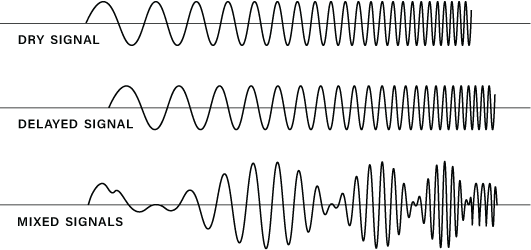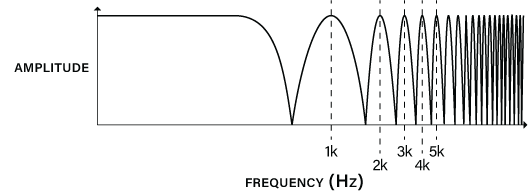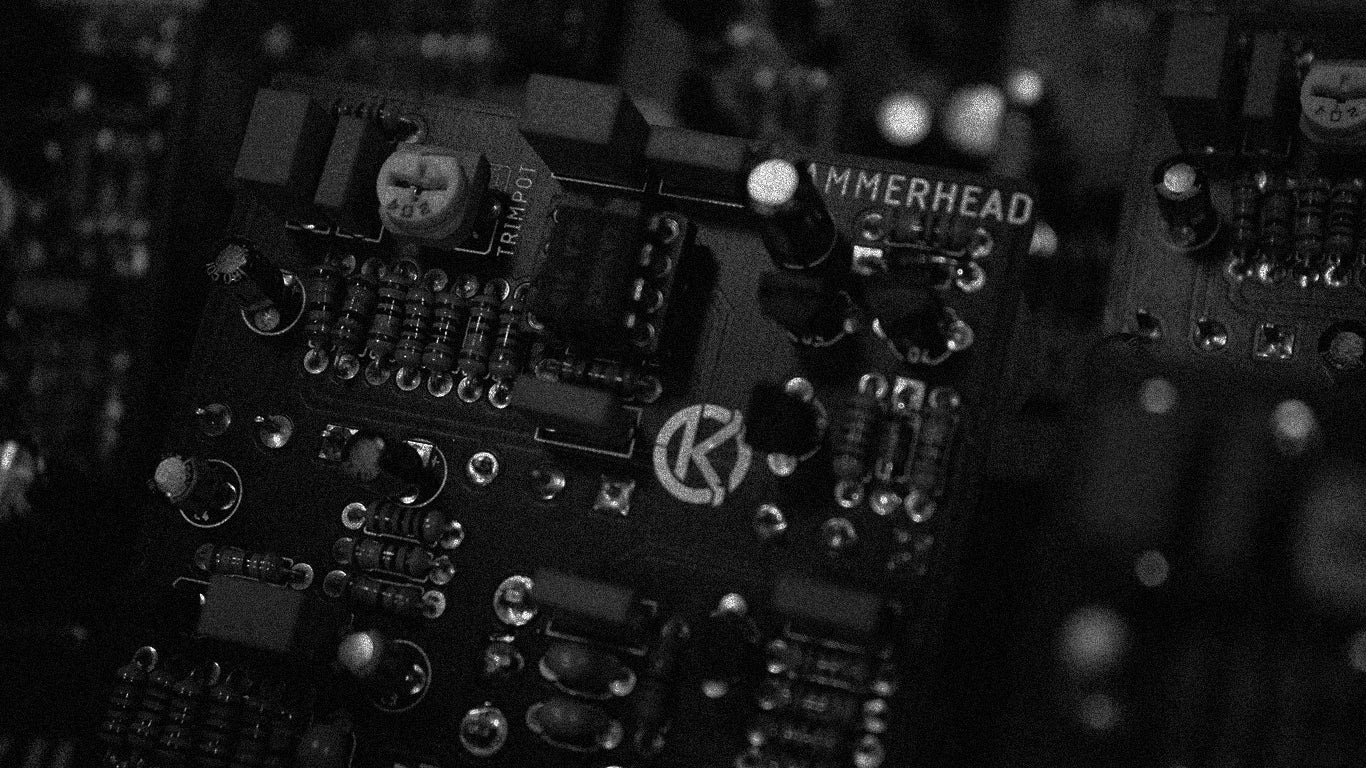Krozz Devices
Airborn Analog Flanger
Airborn Analog Flanger
Couldn't load pickup availability
OVERVIEW
• BBD analog flanger for organic tones;
• From EVH's jet-plane to Gilmour's psychedelic sound;
• Oxidation knob for subtle to dramatic tones;
• Feedback polarity switch, for odd or even harmonics;
• Level control to ensure no volume drop;
• Hold switch for momentary acceleration;
• Featuring NOS MN3207 from Panasonic/Matsuhita;
The Airborn Flanger is in Reverb's Andy Martin's Top #5 pedals of 2023!
CONCEPT
The Airborn flanger pedal takes you on a psychedelic journey with its fully analog circuit!
Using a BBD (Bucket-Brigade Device), the Airborn captures the essence of classic flanger sounds that have defined countless recordings. Designed for those who seek lush, swirling tones, our pedal offers a modern take with enhanced controls.
Whether you're chasing vintage flanger tones or creating new sonic landscapes, this pedal delivers the perfect blend of lushness and finesse. With intuitive controls, you can easily dial in everything from subtle modulation to wild, jet-like sweeps.
Our flanger features a Panasonic/Matsushita MN3207 NOS chip (until supplies last).
WHAT IS A FLANGER?
The flanger effect occurs when an audio signal is duplicated and one is slightly delayed in relation to the other, with a variable delay time. The sum of the unaltered signal with the delayed signal results in a “comb filter”, that is, the peaks and valleys resulting from the sum cause some frequencies to be amplified, while others are attenuated, in a harmonic series. By varying the delay time (by means of an oscillator), the frequency spectrum where the filter acts also varies, causing the sensation of movement in the sound that is characteristic of flangers.

The mix of a signal with its delayed counterpart generates a comb filter;

Comb filter generated by 1ms delay;
In the flanger circuit, the output signal of the effect is reintroduced into its input - what we call "feedback" - further highlighting the intensity of the amplifications and attenuations of frequencies arising from the modulation. Feedback has polarity, and it can be positive or negative, so that in positive (or additive) feedback, the clean signal and the modulated signal are in phase - they are added together - and this is where most of the famous guitar tones are found. In negative (or subtractive) feedback, the modulated signal undergoes a phase inversion and is subtracted from the clean signal, generating a hollow sound characteristic, which resembles that of a “talk box". Aiborn makes it possible to choose between positive or negative feedback through the “+/-“ selector switch.

Flanger circuit diagram
CONTROLS
• Level: Controls the overall volume of the pedal, preventing any volume loss and also allowing you to boost your signal!
• Range: Selects the extension of the frequency band through which the modulation will travel. At lower settings you will have a smaller range and more traditional tones. Clockwise the sweep is larger and the effect becomes deeper.
• Rate: Determines how fast the frequency range will be swept (set by the “Range” control). Clockwise the oscilation will be faster, counter-clockwise it will be slower and more “jet-plane-like”.
• Feedback: Controls the amount of feedback of the effect. The higher the knob, the more intense the effect will be, tending to self-oscillate when close to maximum;
• Oxidation: It is a frequency filter that acts only on the modulated signal and interacts with the “Feedback”, ranging from subtle to the characteristic dramatic flanger tones;
• “+/-”: Selects between positive feedback (+) or negative feedback (-).
SPECIFICATION
• Input impedance: 1MΩ;
• Output impedance: < 1kΩ;
• Current draw: 25mA;
• Power supply: 9V DC (negative center);
• Dimensions: 4.72" x 3.15" x 2.75";
• Weight: 1.3 lbs;
MEDIA





My friend liked mine so much I bought him one!
Its an amazing pedal. I'm constantly finding new sound with it. I use it between fuzz and overdrives and it just sits perfectly adding movement and depth.
Built like a tank and sounds amazing! You just can’t beat real analog flanging. A+++
I love my Airborn, it does the Electric Mistress thing really well and also sounds fantastic with dirt. It’s consistently musical across the range of controls and plays nicely with my rig, including with drive pedals featuring internal charge pumps (which have upset my other flangers). Super happy with it.
My favorite flanger! It can truly do it all. From light chorus to full on jet plane feedback. Well worth the money







